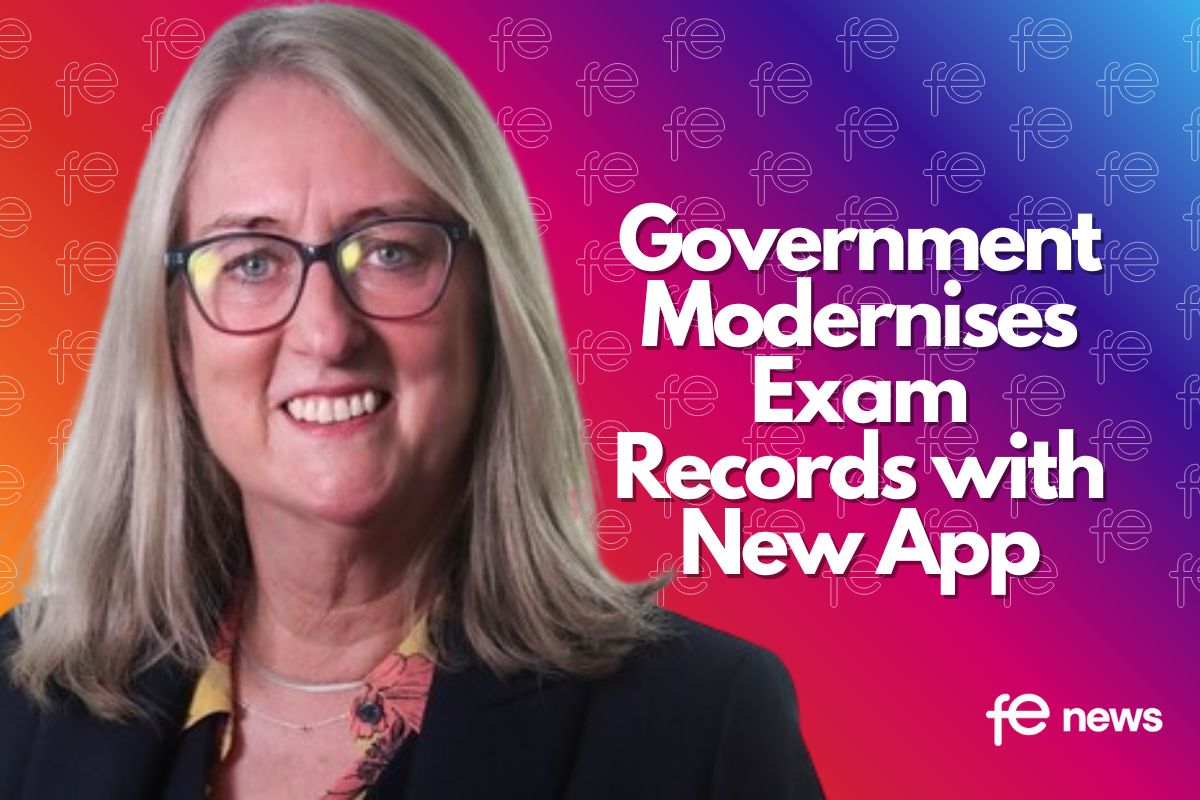5 ways colleges can optimise their IT infrastructures post-pandemic

When the pandemic hit and colleges were forced to transition to remote learning, IT infrastructure was tested in ways it never had been before, and it became more apparent that the use of IT in colleges is more than just an add-on and needs to be fully integrated into teaching, learning and management (@compass_IT).
Now the new term has begun and physical attendance is once again permitted, even more than ever IT infrastructures, applications and services must be reliable, secure and deliver a suitable performance. Otherwise, colleges could not only experience a negative impact on both lessons and staff but could also end up spending more on technical support and replacing individual parts.
Here Richard Cox, managing director of Langley Compass Group, details 5 ways colleges can optimise their IT infrastructures to ensure they are future-proof post-pandemic.
- Make IT a priority
IT is arguably just as integral for colleges as all the other essentials – electricity, gas, water, and telephones systems – particularly in today’s digital world.
Therefore, it only makes sense that they prioritise their IT infrastructures in the same way as other key utilities and ensure they are just as well-integrated and reliable.
We often see colleges treating IT as an ‘add on’, but instead it is important to develop a forward-looking approach to its management, development, and integration. If college staff lack the experience to suggest and support the right IT solutions, the best way to achieve the degree of reliability and service needed is to work from the outset with a specialist IT team who can carry out a thorough site survey and design, supply, install and support a comprehensive infrastructure and platform for teaching and learning.
- Assess remote teaching needs
While the Government’s “back to education” campaign promises a “more normal year”, the future is never certain, and it is wise for colleges to make sure they have the IT backbone to deliver distributed virtual experiences reliably and efficiently should they have to close again.
Colleges should take the time now to reassess their remote teaching needs, taking into consideration what worked well, and not so well, during previous lockdowns. They should think about the platforms or tools they already have in place, their suitability in facilitating remote education, and whether or not additional tools and platforms would be required to deliver virtual education effectively in the future. If unsure, external providers can provide advice, training and consultancy to support senior leaders and teachers in all aspects of making effective use of technology.
- Choose a supplier that offers day to day support
Once a state-of-the-art infrastructure is installed, it is important for colleges to take into account ongoing maintenance to ensure the IT continues to deliver for staff and students, whether in college or remotely.
Different providers will offer different levels of support, but all should provide staff and students with in-depth and tailored training post implementation to enable them to maximise the use of the technology.
Any good supplier should be willing to provide ongoing onsite or remote support to troubleshoot day-to-day queries, all based on the college’s individual budget and requirements.
- Consider security
Even before the pandemic, a lack of dedicated funding and resources made it hard for colleges to keep data secure, and the requirement for teachers and students to work from home via Zoom and online video streaming services amplified a number of specific safety concerns even further.
It is important for colleges to ensure their IT departments or suppliers are proactive in addressing these security issues, so they are not left vulnerable to cyber-attacks and data breaches. Even if further closures aren’t necessary, colleges should still continue investing in advanced networking equipment that will keep them protected in the long term.
- Continue to review and improve
Finally, colleges must ensure that those responsible for their IT infrastructures are proactive in driving their continued technological development.
After a few academic years and as college intake grows, suppliers should at the very least carry out a comprehensive audit of the college’s technology and identify areas for improvement. A comprehensive audit should include a complete a review of the college’s IT [ including make, model, age, capacity and suitability of its equipment, network and teaching suites] and an outline of recommended upgrades and budgeting information to help the college decide which action to take.
Conclusion
Not only can a well-maintained IT infrastructure make all the difference to staff and student confidence, but it also allows issues to be rectified quickly and facilitates the upscaling of the technology as the college and the number of onsite users grows.
With the new term now upon us, it’s imperative that colleges carefully consider the state of their infrastructures and how they can be optimised to best support learning regardless of what the future may bring.











Responses